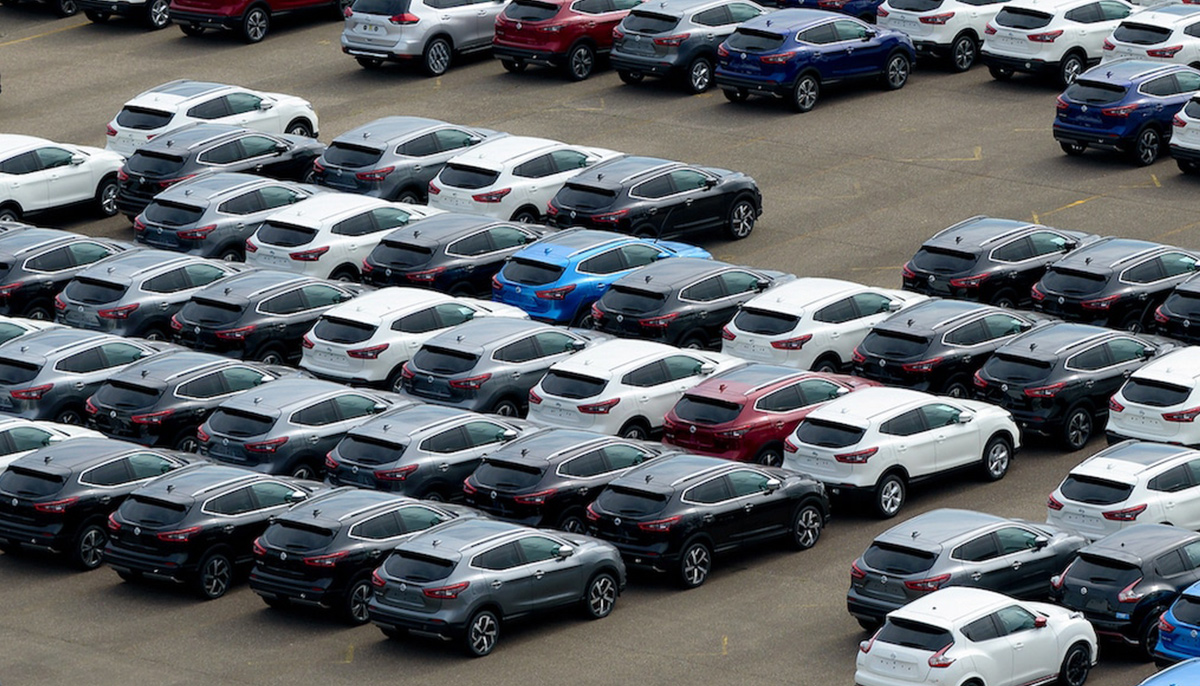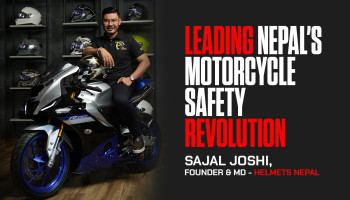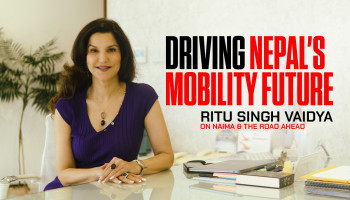A Candid Reflection from Three Decades in the Industry
Having spent over thirty years in the automobile industry, I’ve had the privilege of being part of some remarkable journeys—brands that rose from obscurity to dominance, networks that grew from humble beginnings to national presence. I’ve worked across regions, met hundreds of dealers, visited far-flung showrooms, and sat across the table from owners pouring their hearts out.
Once, being an automobile dealer was a matter of immense pride. It carried with it social prestige, economic stability, and community respect. A dealer was not just a businessman—he was seen as a symbol of prosperity and influence.
But today, that aura has faded. Over the last decade, I’ve seen an unsettling trend emerge—the indiscriminate overcrowding of dealer networks. What once was an ecosystem of curated partnerships has now become a chaotic patchwork of overlapping territories, internal competition, and diminishing returns.
This article is born out of lived experience. It is not written to blame, but to reflect—and perhaps, to provoke timely course correction.
Why Expansion Happens Too Fast
The rush to open more outlets is often triggered by pressure to show growth—on dashboards, on maps, in boardrooms. Sales teams push for network coverage to hit targets. Distributors view new dealers as symbolic of market control. OEMs, especially new entrants, want visual proof of momentum.
And then there’s competitor paranoia. If one brand opens an outlet in a location, others quickly follow—even if the market doesn’t justify it. “One of our competitors opened in a rural hub. Two more brands followed within six months. Today, all three are barely surviving,” said a zonal head from a leading four-wheeler brand in Nepal.
The Trap of the Sheep Mentality
This herd behavior—the sheep mentality—is one of the biggest drivers of irrational network growth. Distributors often take the cue from the competitor next door rather than their own market feasibility.
A dealer opens in a semi-viable zone. Others jump in. Each assumes the first mover knows something they don’t. But the original investment was perhaps speculative, or political, or just a gamble. Now, four showrooms fight for the same 50 customers.
“We weren’t thinking long-term. We were thinking: if they’re going there, we can’t be left out,” confessed a senior brand executive during a closed-door dealer review.
When ROI Becomes an Illusion
And then comes the part no one speaks about at conferences or townhalls.
I’ve seen men—once pillars of their community—reduced to desperation. They borrowed more to keep their staff paid, mortgaged land that had been in their family for generations, and silently watched their dreams dissolve into mounting dues. Some began hiding from creditors, others broke down in dealer reviews. A few even walked away from the business altogether, leaving behind darkened showrooms and unfinished service bays.
One dealer, I remember vividly, told me: “We sold the family home to clear our last consignment dues. I still don’t know how to explain it to my father.” These are not outliers. These are silent casualties of an overcrowded system that promises growth but offers no guardrails.
Behind every ribbon-cutting is a risk. Behind every shuttered showroom, a shattered life. This is not an exaggeration. It is the human cost of expansion without empathy.
Setting up a dealership isn’t cheap. Land, infrastructure, inventory, staff, and branding can cost NPR 3–5 crore. This investment is made with expectations of a defined volume, margin, and breakeven window.
But when the same geography gets flooded with dealers, the math collapses. Projected 50-unit sales become 15. Workshop capacity is underutilized. Operating costs remain fixed, but margins shrink. Dealers who entered as investors slowly become debtors.
“We were told we’d have exclusive coverage of our zone. Three months later, another showroom opened 10 km away. We lost fleet orders and walk-ins instantly,” said a frustrated dealer partner in Province 2.
A Real Case: Brand ABC’s Network Implosion
Take the example of Brand ABC—a fast-growing automobile brand in Nepal that aggressively expanded its footprint, reaching 39 dealerships in just a few years. On paper, it looked like a growth miracle. Internally, it was a ticking time bomb.
As ROI became unviable and infighting between dealers increased, the network began to shrink. Today, only 11 of those 39 dealerships are still operational.
What happened to the rest? Many were quietly shut down. Others were forcibly taken over by the distributor. In some cases, even the infrastructure—buildings, hoardings, workshop setups—were inherited for prestige preservation and face-saving, not business viability.
“We didn’t want the closure to become public, so we absorbed the outlet. It was more about brand image than numbers,” said someone close to the leadership at Brand ABC.
When Dealers Compete with Themselves
The most ironic part? With overcrowded networks, dealers stop competing with other brands and start fighting each other.
- They undercut pricing to steal walk-ins.
- They offer unofficial discounts to secure institutional orders.
- They hoard inventory and play unfair.
- They complain to the distributor—endlessly.
And what does the customer see? Confusion, inconsistency, and chaos.
“We asked two showrooms of the same brand. The difference was Rs 40,000. That shook our confidence,” said a fleet buyer who eventually chose a different brand altogether.
The Hidden Cost to the Brand
The damage doesn’t end with dealers.
- Brand trust erodes. Customers no longer know what to expect.
- Talent exits. Good staff leave unstable outlets.
- Sales productivity drops. More dealers does not mean more sales—it often means lower sales per dealer.
- Dealer interest wanes. Quality prospects hesitate to join when they hear stories of collapse.
The story of Brand ABC has now become a cautionary tale—how unchecked expansion becomes self-inflicted decline.
The Special Pressure in Family-Run Distribution
In many regions, automobile distribution is family-run. Personal relationships, political favors, or social obligations often override business logic. Promises are made loosely. Dealerships are handed out casually. Zoning protection becomes optional.
Saying “no” is hard. But saying “yes” without due diligence is devastating.
Why Dealer Viability Is More Important Than Network Size
Unfortunately, most brands still measure success by number of dealers, not health of dealers. There is rarely a Dealer Viability Index that tracks:
- Dealer profitability
- Staff turnover
- After-sales performance
- Customer satisfaction trends
Without such a metric, brands end up celebrating expansion and discovering collapse only after the damage is irreversible.
Lessons from the Best
Some global brands have learned the hard way and corrected their course:
- Toyota has a rigid network planning model with high territorial integrity.
- BMW avoids network crowding through strict per capita dealership norms.
- Tata Motors recalibrated its Nexon network with viability-linked expansion post-2020.
These aren’t anti-growth measures. They are sustainable growth strategies.
Final Word: Restoring Pride, Protecting the Future
Overcrowding a network doesn’t just affect profitability—it affects pride. And once that pride is gone, so is the passion. A dealer who no longer feels respected, who has to fight his own counterparts for the same customer, who operates in survival mode—is no longer a brand ambassador.
“Earlier, being a dealer meant something. Now it feels like anyone can open a showroom if they know someone,” one senior dealer recently told me, his voice tinged with quiet dismay.
As someone who has championed network expansion in the past, I say this with sincerity—expansion without strategy is not growth; it’s erosion. Growth must be sustainable, inclusive, and mutually respectful.
Let us not measure strength by how many pins we’ve planted on the map, but by how many of those pins still shine with commitment, pride, and profitability.
After three decades in this business, I’ve learned one truth that remains constant:
A brand grows not because it adds more dealers—but because it earns their trust.















